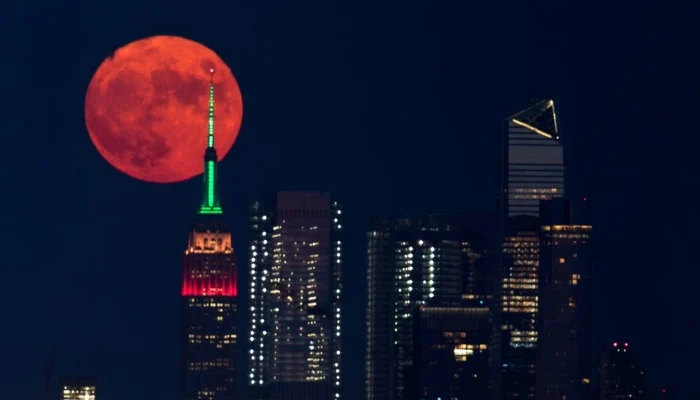Skywatchers around the globe are in for a celestial treat next week as the first full moon of May, traditionally known as the “Flower Moon,” prepares to illuminate the night sky.
Appearing in the eastern horizon at dusk on May 12th, the full moon will shine brightly throughout the night before setting in the west with the arrival of dawn.
Enthusiasts can also catch a nearly full moon on the preceding day and the following day. However, this month’s full moon comes with a subtle distinction.
Unlike the more commonly recognized “supermoon,” the Flower Moon will be a “micromoon,” appearing slightly smaller than its average size.
This “micromoon” phenomenon, technically termed an apogee full moon, occurs due to the moon’s elliptical orbit around Earth. This orbital path creates points where the moon is closest to our planet (perigee) and farthest away (apogee), according to Live Science. This month, the point of apogee nearly coincides with the full moon.
The exact moment the moon reaches 100% fullness will be at 12:56 PM Eastern Daylight Time (EDT), when the sun is still high in the sky. Therefore, the optimal time to observe the luminous orb will be later that day during dusk.
To maximize viewing pleasure, it is recommended to find a location with an unobstructed view of the eastern horizon and to consult local moonrise and moonset times.
As it ascends or descends, the moon may also take on an orange hue as a result of Rayleigh scattering, the same phenomenon that graces us with vibrant sunsets.
Lunar enthusiasts can look forward to the next full moon, the Strawberry Moon, which will grace the night sky on June 11th, marking the final full moon of spring in the Northern Hemisphere and autumn in the Southern Hemisphere, occurring just 11 days before the summer solstice on June 21st.



